Cats have a way of believing the world revolves around them—and when it comes to doors, they make their feelings crystal clear. To your feline friend, doors aren’t boundaries, they’re inconveniences to be challenged or ignored. Whether it’s pushing one open with a paw or loudly protesting a closed one, cats live by their own open-door policy. If you’ve ever questioned who’s really in charge of the household, your cat’s attitude toward doors offers a very clear answer.
They Meow Loudly at Closed Doors

When a door is closed, your cat treats it like a personal offense. Their meows get louder and more dramatic the longer the door stays shut. It’s not about what’s behind the door—it’s about the principle. They believe no space should ever be off-limits to them.
They Immediately Want Out After Wanting In
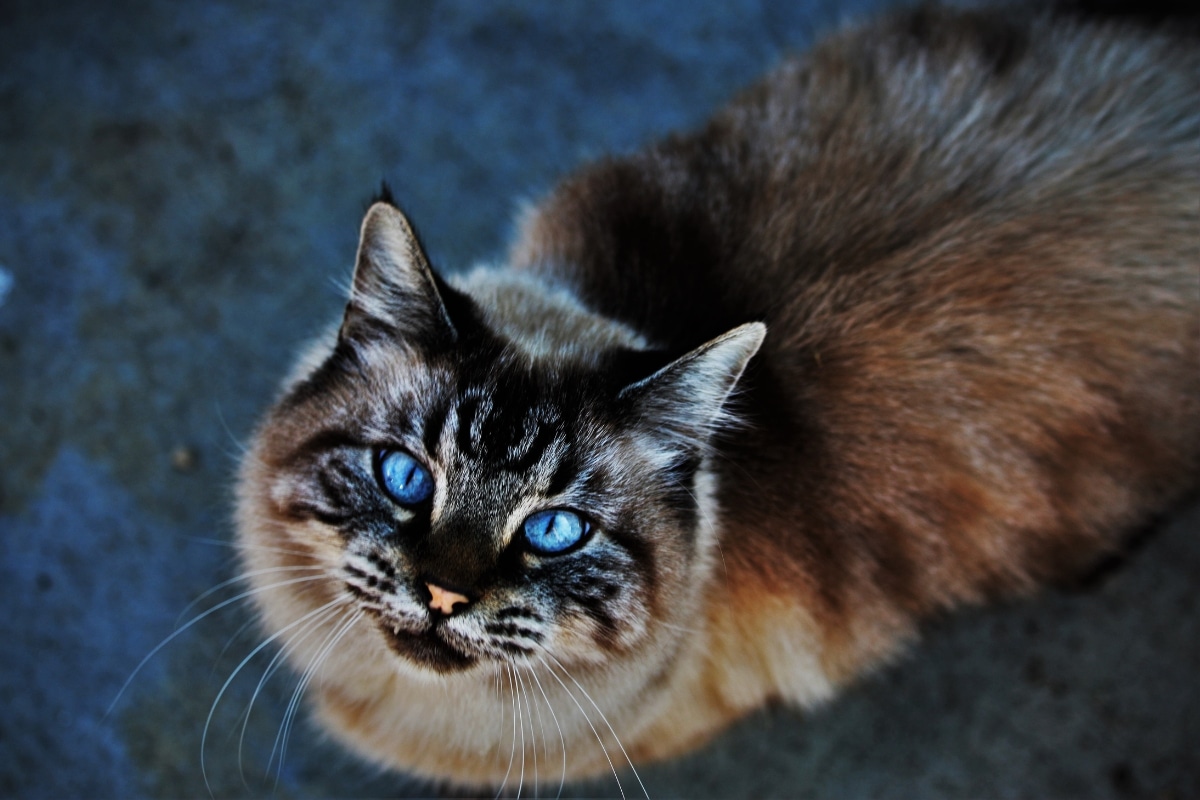
You open the door like they asked… and suddenly, they’ve changed their mind. Your cat gives you that blank stare like, “What are you waiting for? Close it again.” This back-and-forth game happens so often, you’d think they’re testing your loyalty. Or maybe they just enjoy the power trip.
They Paw and Scratch Like a Tiny Furry Locksmith
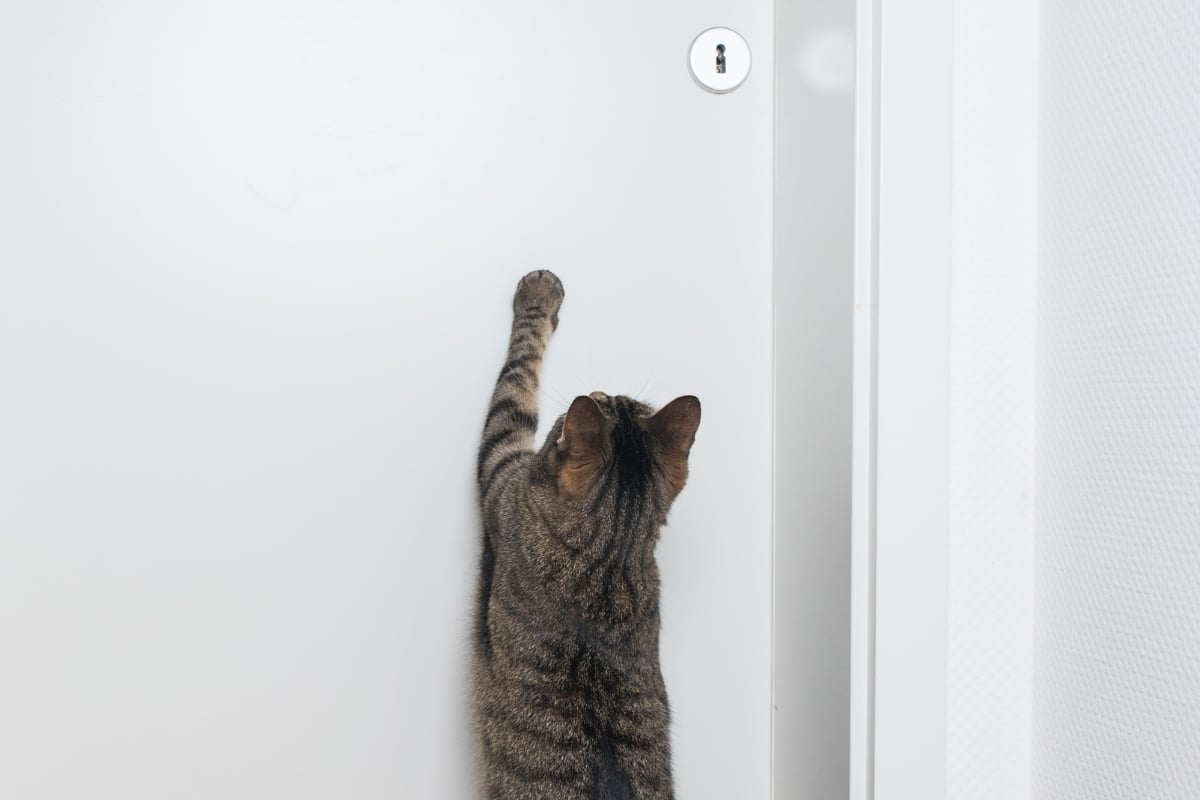
Closed doors? Just puzzles waiting to be solved. Your cat will paw, scratch, and slide their claws under the crack to “unlock” the situation. The longer it stays closed, the harder they work to break in. They clearly missed their calling as a spy.
They Stare at You Expectantly When You Close the Bathroom Door

Privacy? Not in your cat’s world. As soon as you close the bathroom door, they appear like a furry shadow. They’ll sit outside, silently judging your choice to exclude them. Honestly, how dare you try to do anything without their supervision?
They Bolt Through Doors the Second They Open
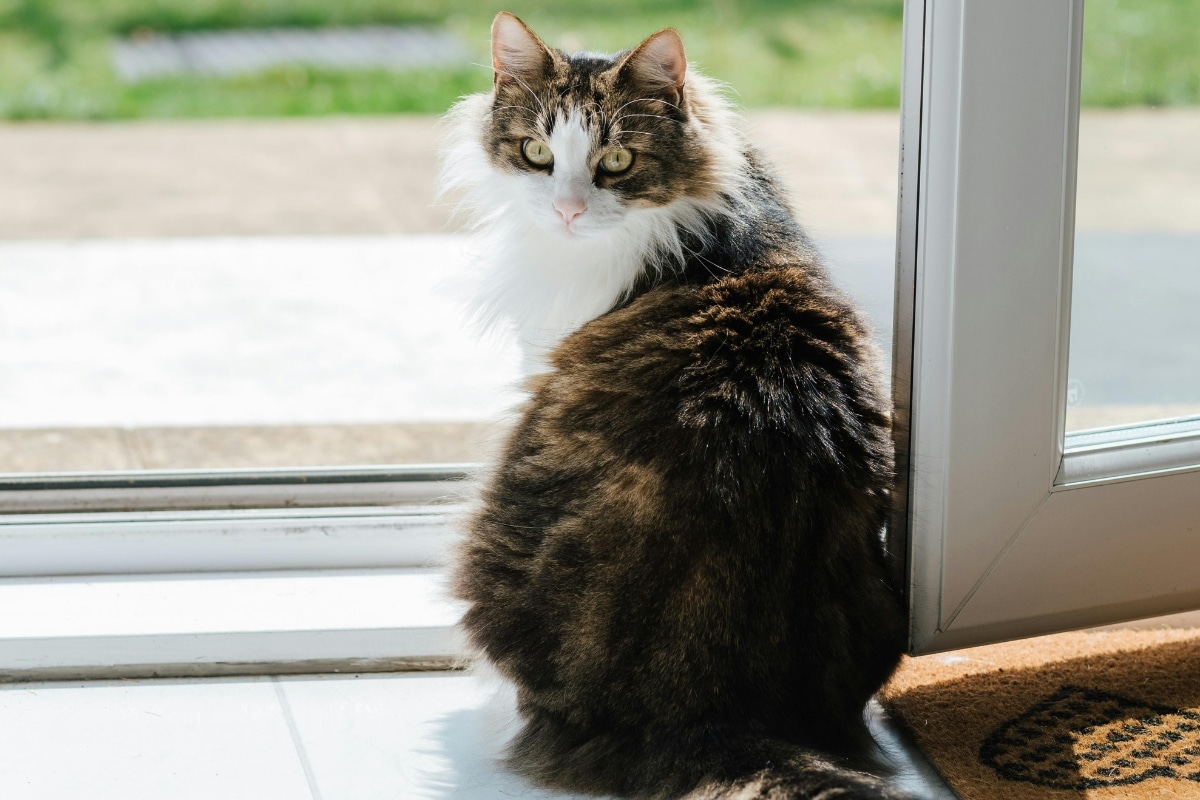
The door cracks open an inch, and suddenly—zoom! They’re already halfway through. It’s like they were waiting their whole life for that exact moment. No hesitation, no second thoughts—just full-on exploration mode.
They Get Offended When You Close the Door Behind Them
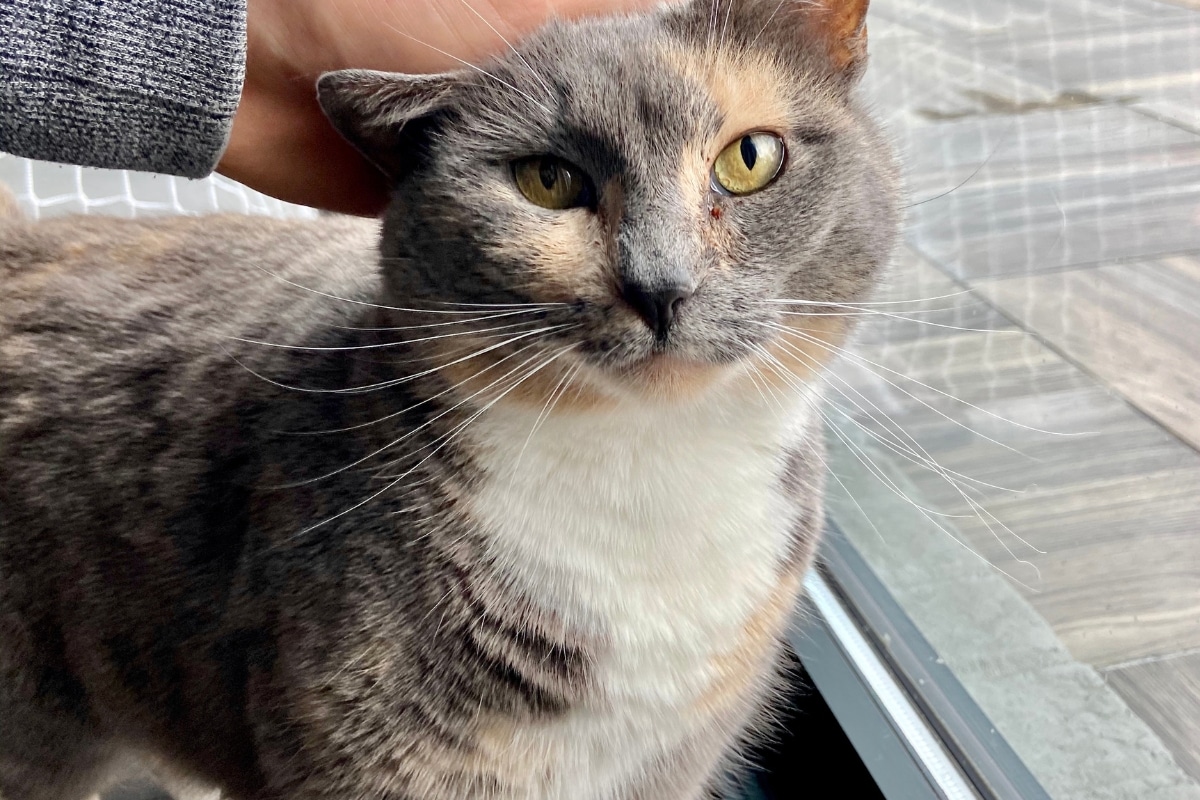
You kindly open the door to let them into a room, and then—betrayal! You close it behind them, and now they’re yowling to get back out. Apparently, doors are meant to stay open forever once they’re involved. Their indignation is almost theatrical.
They Try to Squeeze Through Door Gaps
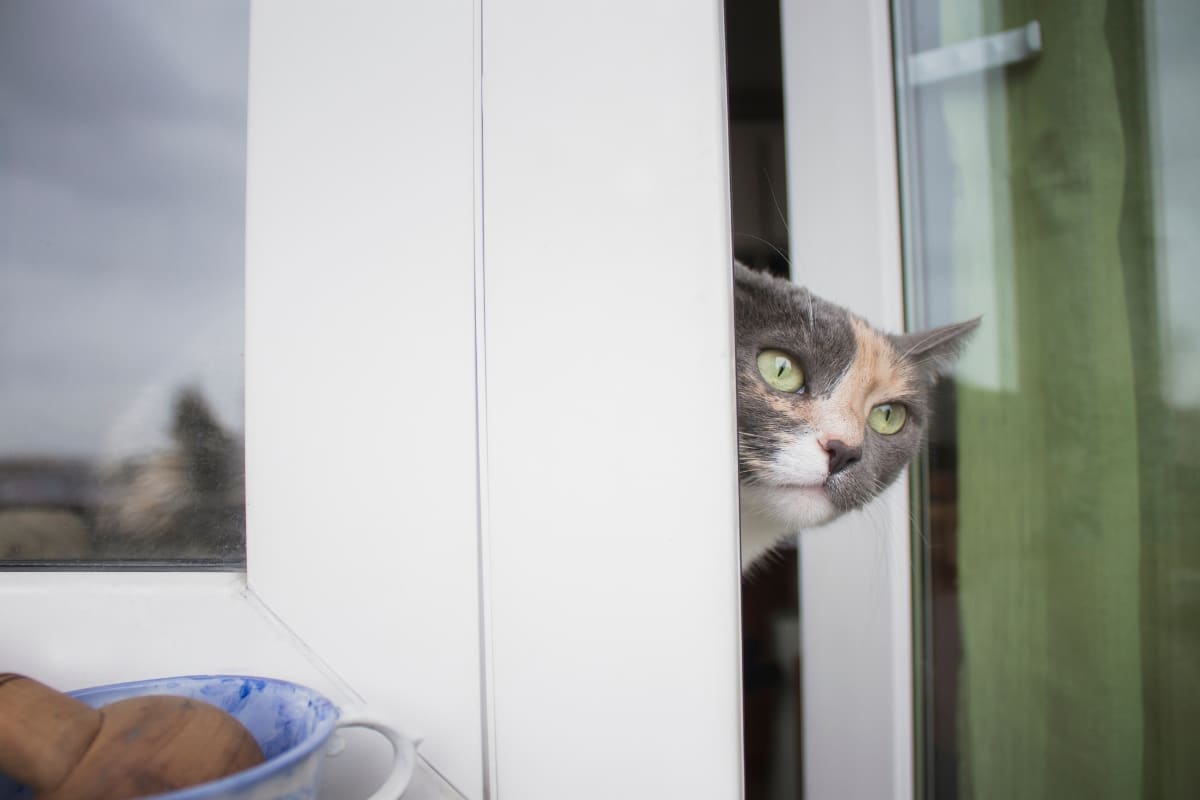
Even if the door is just slightly ajar, your cat believes it’s passable. You’ll see a paw, a nose, and eventually their whole body forcing its way through. It’s not about comfort—it’s about the challenge. If they fit, they’re going in.
They Use Glass Doors to Guilt-Trip You
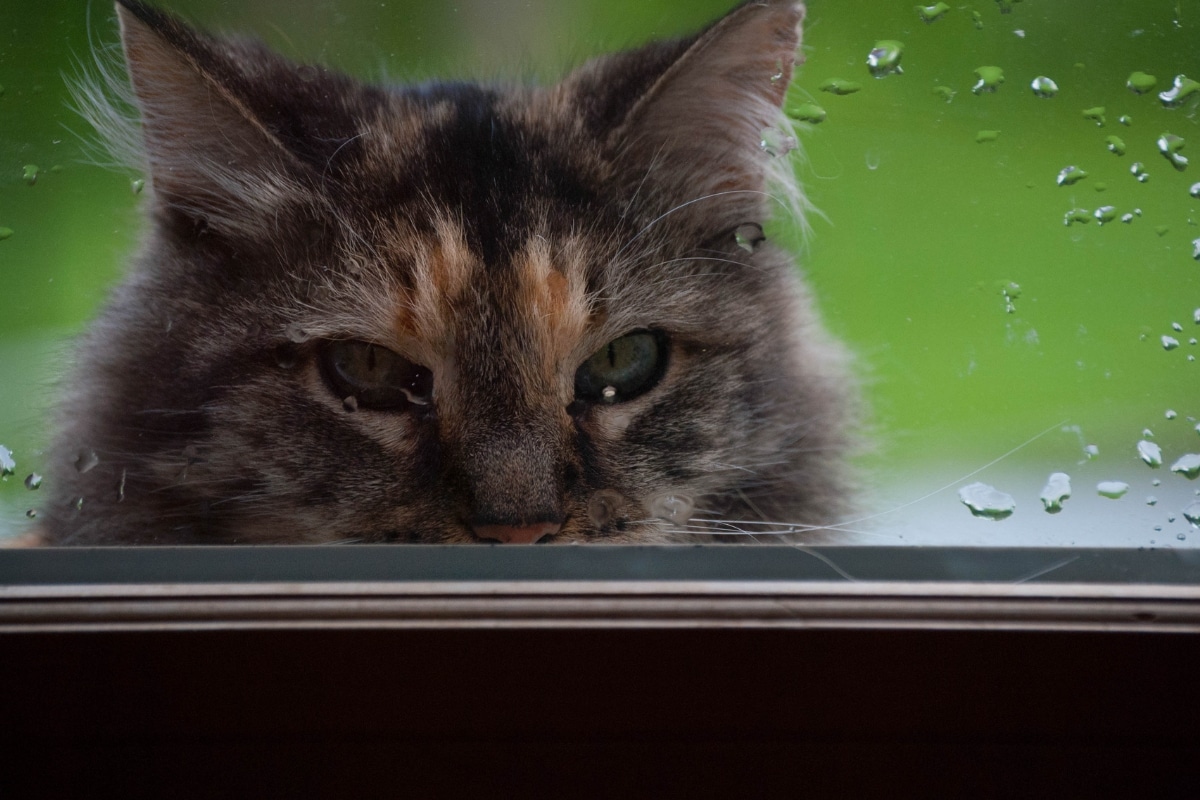
When it comes to glass doors, your cat puts on their best “poor me” performance. They press their face against the glass, eyes wide with betrayal. Whether they want in or out, they make sure you know you’ve wronged them. It’s basically emotional manipulation—but adorable.
They Get Territorial About Certain Doors

Your cat doesn’t just want doors open—they want control over them. They’ll sit guard at specific ones, daring anyone to pass. It’s their domain now, and everyone else is on their terms. You’re just a guest in their hallway.
They Master the Art of Door Handles
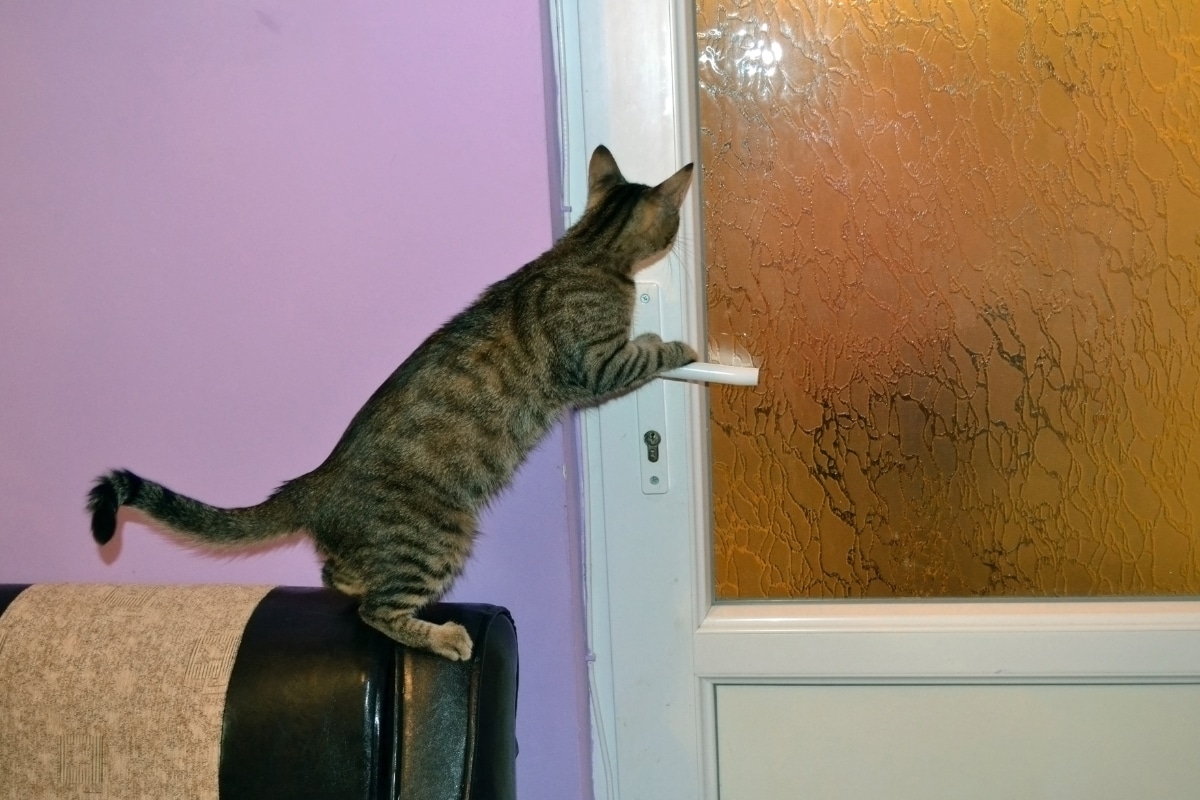
Some cats take it to the next level and learn how to open doors themselves. With a jump and a twist, they’re through like little burglars. If your cat does this, congratulations—you’ve got a genius on your hands. Locking the door may no longer help you.
They Lead You to Doors Like It’s Their Job

They’ll walk ahead of you, glance back, and wait by the door until you get the hint. Whether they want a room opened or just to parade their authority, they expect you to follow orders. You’re the doorman now—and tips are paid in purrs.
Closed Doors? Cat-astrophic Thinking!
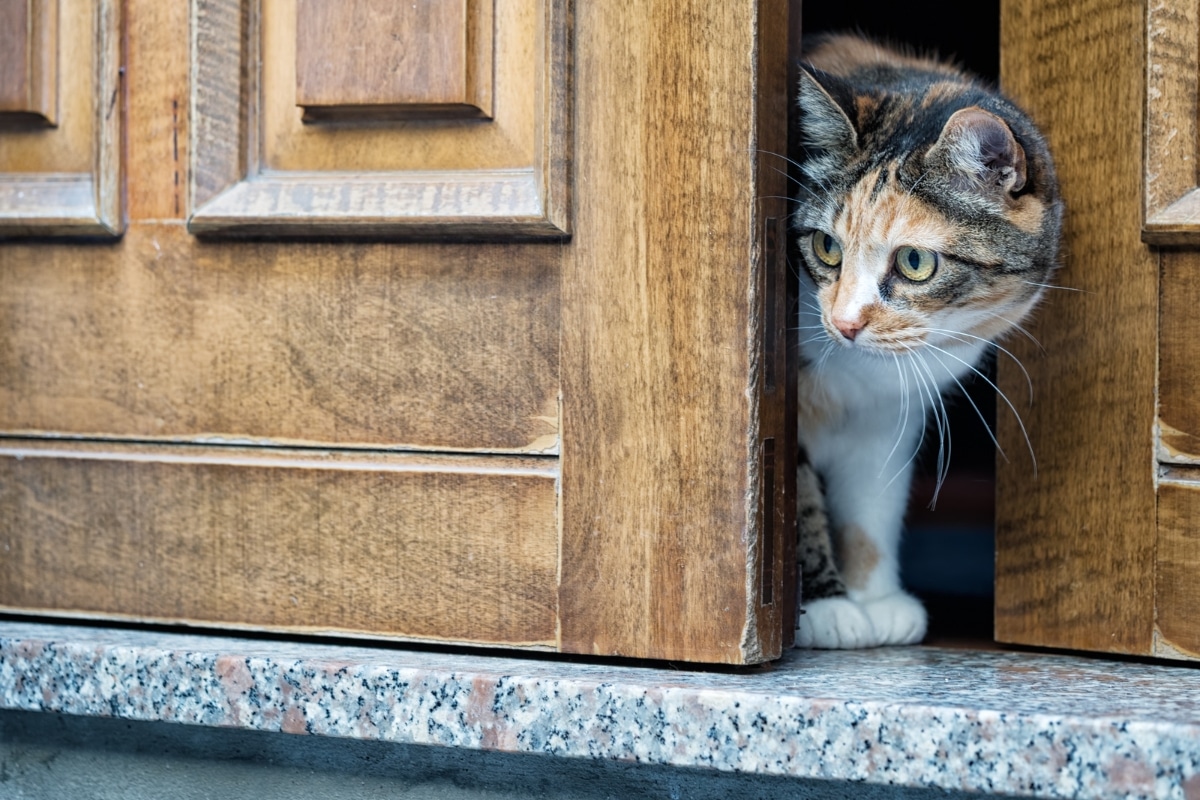
Your cat’s door-related antics are more than just funny—they’re a full-on declaration of independence. In their mind, a closed door is a challenge to their feline freedom and superiority. Whether they’re loudly protesting, squeezing through gaps, or manipulating you with a dramatic gaze, they’re always in control of the flow. Just remember: in your home, doors might be built for people—but your cat decides how (and when) they’re used.

